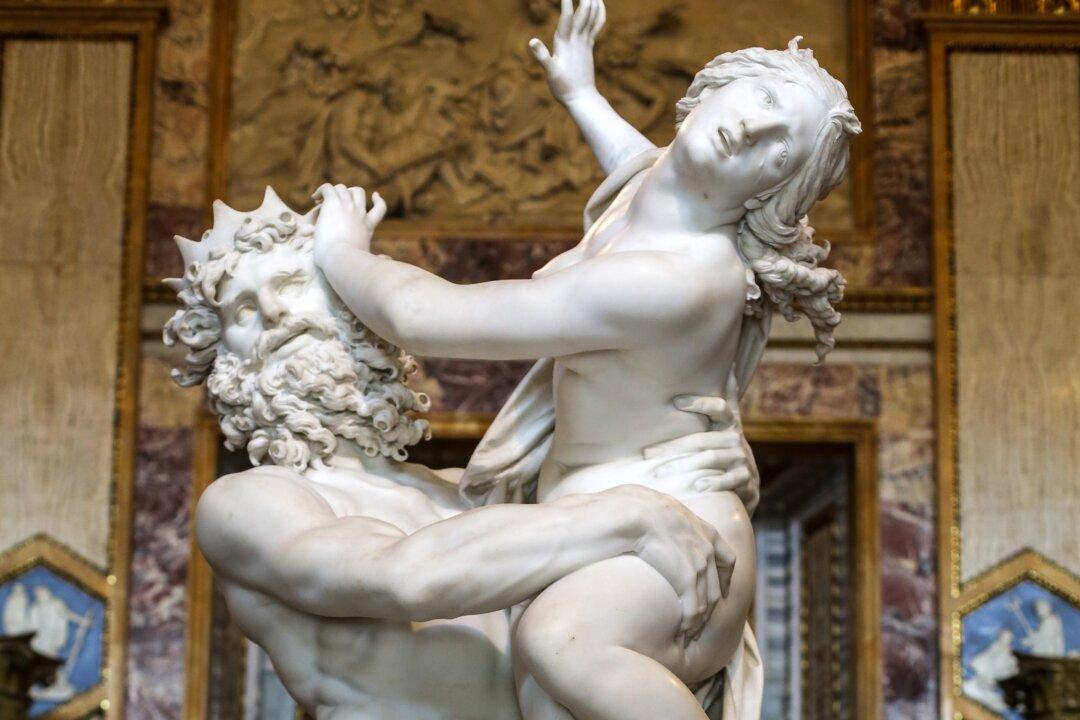By Liz Lev
Long before blockbuster cinema delighted audiences, there was Gian Lorenzo Bernini. During his 65 years of activity, the baroque sculptor, painter, and architect anticipated the awe-inspiring effects and technological prowess of modern movies.





